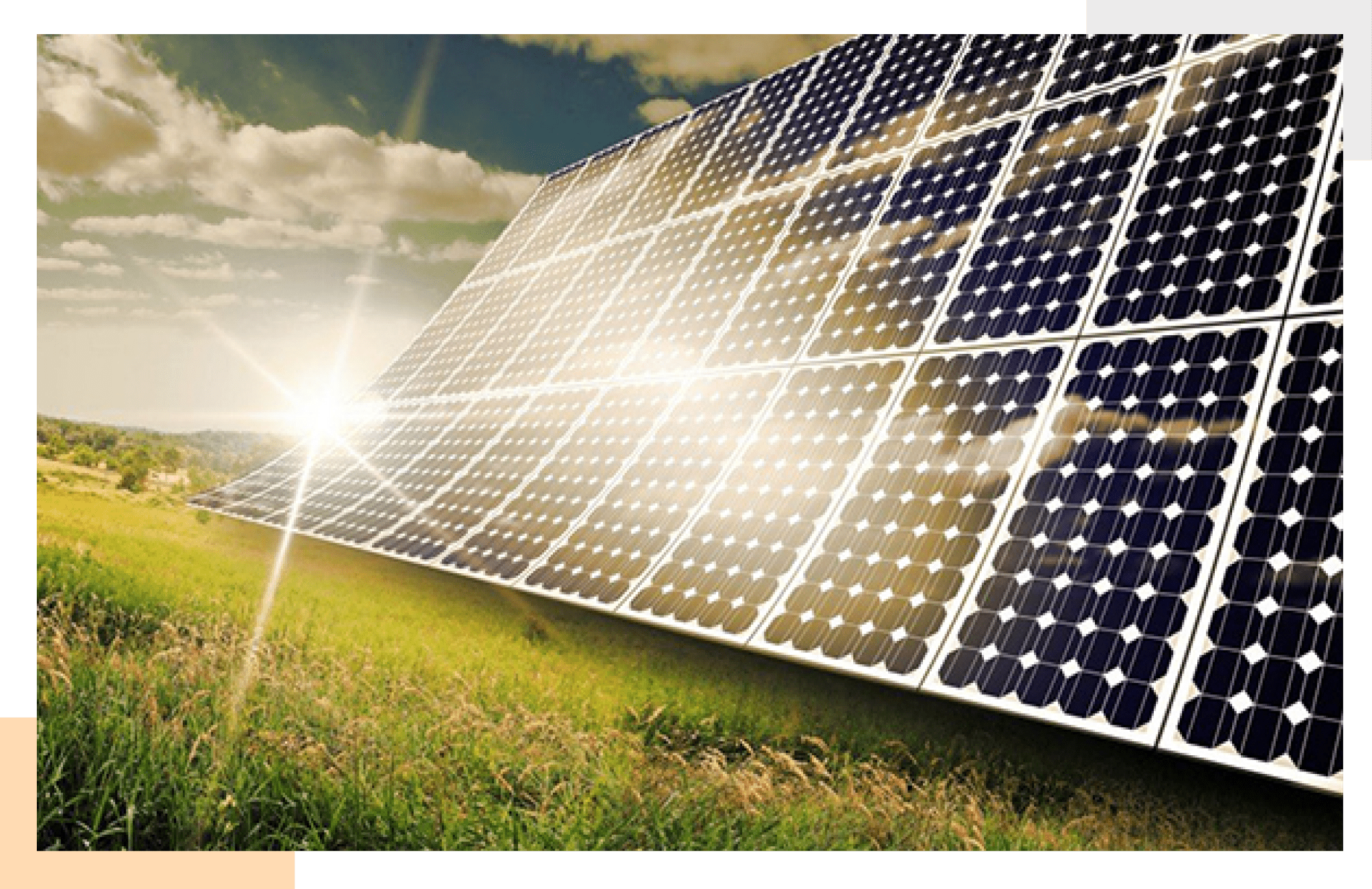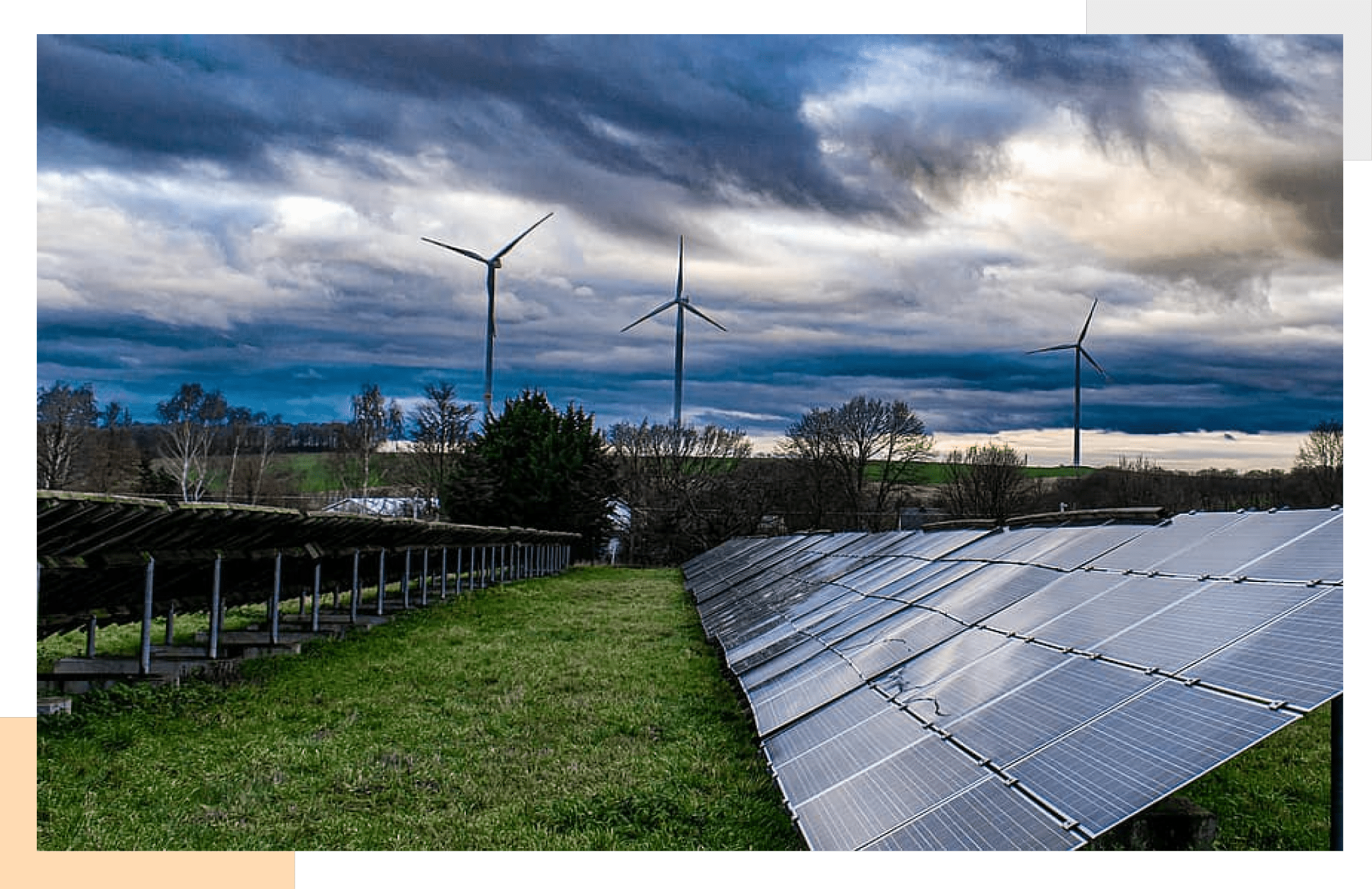IoT Solution for Solar Energy Harvesting
Solar Tracker, IoT Gateway & Cloud based SCADA Solution for Energy Harvesting
Return on Investments (RoI) of your Solar Energy plant is majorly dependent on the efficient harvesting of energy by the Solar Panels. This can be ensured only when the solar panels follow the sun’s trajectory efficiently throughout the day.
Our industry proven, Internet of Things based Solar Tracking System and intelligent software solution is designed to help you achieve the best out of your investments.
We help you custom-design and develop an IoT based solar panel monitoring system & reporting solution that increases the efficiency of your solar plant. The solutions we design comprise of the following components:
- An IoT system designed in a master and slave architecture of trackers to control the Solar PV modules
- A Supervisory Control & Data Acquisition (SCADA) system for remote monitoring and control of the field-deployed Solar Panels
Solar Energy Monitoring System Using IoT: Success Stories
Find out how we are partnering with industry leaders to create intelligent, fool-proof industrial maintenance systems using Predictive Maintenance:
Embedded Product Design Services for Solar Energy Harvesting System
Solar Tracker Development
- Hardware Consulting and Design Services for Solar Tracker Development
- Solar Tracker Application Software and Back-Tracking Algorithm Development
- Design and Development of Serial, Wired and Wireless Communication Interfaces
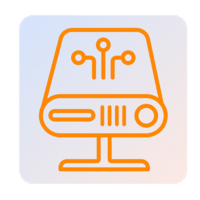
IoT Gateway Development
- Hardware Architecture design and BOM cost optimization
- Prototype development and validation support
- Support for Porting of the Linux based OS for the Gateway Device
- Development of Application Software on Linux Platform

Motor Control Development
- Support for Evaluation, Selection and Design of Microcontroller, H-Bridge (MOSFETs), Gate Driver IC, Torque & Angle Sensors
- Design and Development of hardware for Motors (Brush DC and Brushless DC motors ( BLDC))
- Application Software & Motor Control Algorithm Development (PWM, Speed Regulation, FOC)
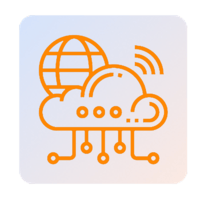
IoT Cloud App Development
- Cloud WebApp Development
- Cloud Database Development services
- IoT Data Analytics and Reporting
- User Web Dashboard Development
- Cloud based SCADA solution development for Industrial Automation projects
Embedded Product Design Services for Solar Energy Harvesting System
Download PDF
Features of Our End-to-end IoT Solution for Solar Energy Harvesting
- Zigbee protocol for communication between master and tracker controller ensures reduced power footprint. As a fallback mechanism, RS 485 Ring topology can also be implemented in case Zigbee fails.
- The provision of 4G and RJ45 ensure fool-proof connectivity between master controller and the server.
- Environmental factors like wind and temperature can impact the efficiency of the solar panels. Wind sensor in the master controller warns the system of unsafe wind speed and the temperature sensors ensure the maintenance of safe temperature range
- SPA makes this solar energy harvesting platform a winning solution. Solar Position Algorithm takes in Latitude, Longitude, Altitude, Date and Time and calculates the position of the sun along the day.
- Based on the sun’s angle, the tracker sends the signal to the inclinometer attached to the solar panel to change the angle of the panel and align it to the sun.
- There can be instances when the master controller cannot connect with the server. The IoT solution takes care of this problem by storing 7 days backlog data in the flash memory of master controller. Your valuable data is never lost when our system is at work.
Solar Panel Monitoring Using IoT – Components of the System
-
Master Controller: The master controller is responsible for coordinating and controlling the solar trackers. The data collected by the trackers are sent to the master and subsequently to the cloud for storage and analysis purpose. Master controller can be connected to the tracker via Zigbee protocol, WiFi and other protocols as per the requirement.
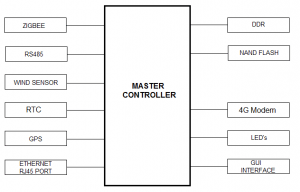
-
Tracker Controller: Tracker controller is the component that does all the hard work. It takes input from master controller and controls the AC/DC motor drive that, in turn, moves the Solar PVs accordingly. It has the sun position algorithm, Zigbee module, RS 485, serial NOR flash, temperature and wind sensors and a few other components.
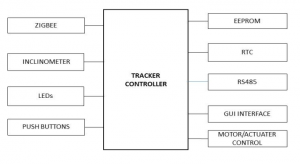
-
Interface for Hand-held Device/Web Dashboard: The SCADA based interface allows the monitoring and control of the master controllers and, in turn, the tracker controller and actuators.
The web dashboard is a customizable interface that displays real-time data from different master controllers. The design and navigation of the dashboard can be customized based on the implementation of the solar trackers.
The multi-functional dashboard can also send pre-programmed commands to the master controller viz. CLEAN, STOW, RESET, OTA, etc.
Expertise in Tools & Technologies
-
Message Queuing Telemetry Transport (MQTT): MQTT is built for the Internet of Things. Its lightweight nature makes it compatible with some of the smallest devices used in IoT.
-
Zigbee Protocol: Zigbee is an industry-standard wireless communication protocol ideal for implementation where data exchange is occurring within a range of 100 meters. Its low power footprint makes it a preferred protocol for industrial IoT.
-
RS-485 & MODBUS: RS-485 is one of the most reliable standards for use in serial communication system. MODBUS is a protocol that has impressive compatibility with RS-485.


